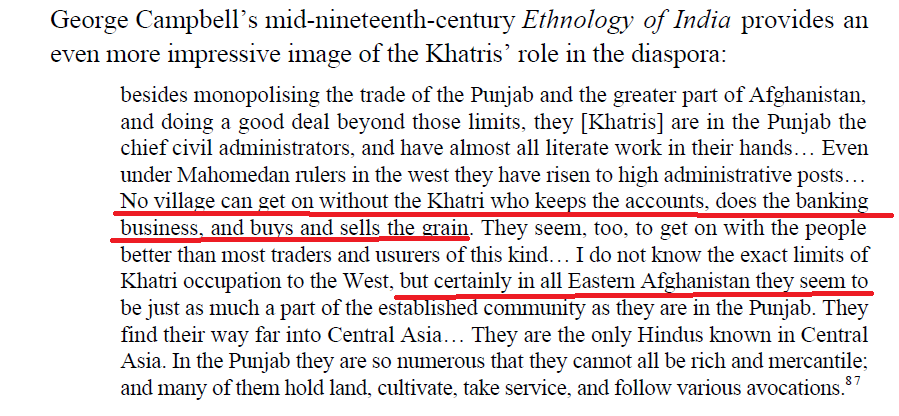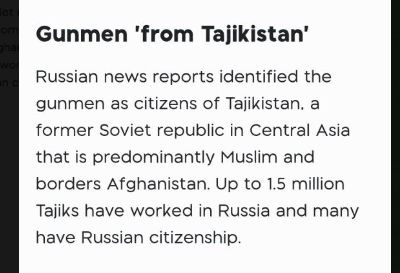In an era when trade routes crisscrossed the vast expanse of Central Asia, a remarkable story unfolds , the story of Hindu merchants who once owned nearly half the land in this region. Their history, though largely obscured, offers a fascinating glimpse into the intricate tapestry of commerce, cultural exchange, and the complex dynamics of power and politics that shaped the region.
The Merchants of Central Asia
During the 16th century, a wave of enterprising Hindu merchants from Multan and Shikharpur established colonies and caravanserais across Central Asia and Russia. Hailing from communities such as Khatris, Aroras, Sindhis, and Marwaris, these merchants possessed a unique combination of skills – proficiency in accounting, versatility in language comprehension, and an unwavering work ethic.
Indispensable Roles in Central Asian Societies
In the absence of a centralized banking system, Hindu merchants assumed the vital role of bankers, providing credit and loans to the populace. Their expertise in financial transactions and their ability to navigate diverse cultures made them indispensable to the functioning of societies in Afghanistan and Central Asia.
The Rise and Fall of Hindu Land Ownership
By 1865, Sindhi merchants had amassed an astonishing 40% of the land in the Turkestan ASSR, encompassing modern-day Uzbekistan, Tajikistan, Turkmenistan, and Kyrgyzstan. However, this remarkable achievement did not last long.
Russian Conquest and Discriminatory Policies
When Tsarist Russia conquered Central Asia in 1865, it implemented a policy of racial discrimination against Indians while appeasing the Tajiks. Overnight, authorities enacted a series of draconian measures, stripping Hindu merchants of their hard-earned wealth and influence.
These measures included:
- Forced relinquishment of all land within six months.
- Prohibition on buying immovable property.
- Nullification of existing loans owed to Indians.
- Restrictions on transactions involving movable property.
Appeasing the Tajiks at the Expense of Indians
Continued Appeasement and Its Consequences
Even today, the appeasement of Tajik Muslims continues, with Russian migrant remittances accounting for around 50% of Tajikistan’s GDP in 2013. Tajik Muslims enjoy the freedom to live and work anywhere in Russia, with an estimated 1.5 million residing there. However, history has shown that such extreme appeasement can have severe consequences, as exemplified by the recent terror attacks in Russia.
The story of Hindu merchants in Central Asia serves as a poignant reminder of the often-overlooked narratives that shape our understanding of history. Their rise and fall, intertwined with the complex web of power dynamics and discriminatory policies, offer valuable lessons on the importance of preserving cultural legacies and the perils of appeasing extremism. As we grapple with the challenges of the present, it is essential to remember the lessons of the past and strive for a more inclusive and equitable future.







